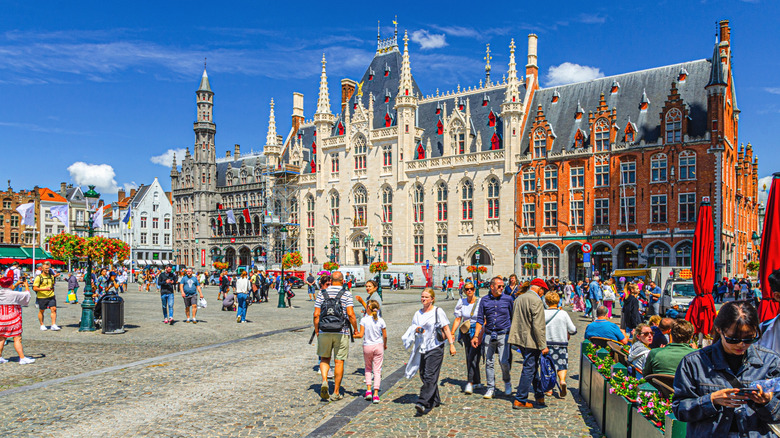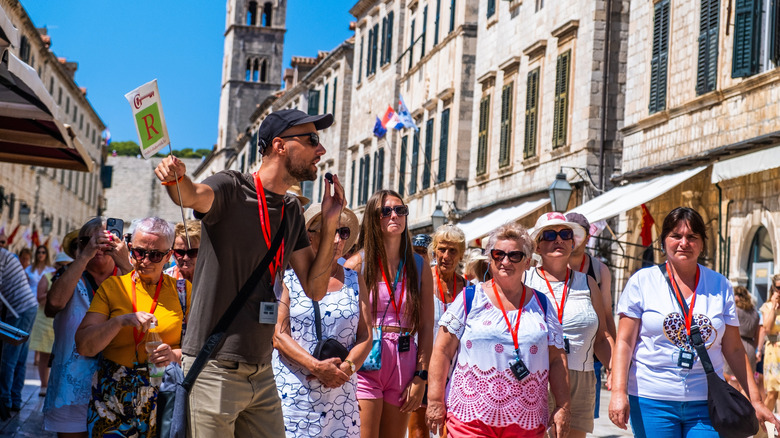The Unexpected Secret To Fully Appreciate Europe's Best Sights, According To Rick Steves
Rick Steves built his European travel-industry empire on more than traveling simply to say you've checked a destination off your list. Something that fans of Steves might notice is that in his guidebooks, television show, website, and tour company, Steves does not just tell you where to go and how. While giving his top tier travel tips, he also includes historical and cultural information about all the places he discusses. This is because he wants people to understand the destinations and sites they have the privilege of experiencing and why they are so iconic.
"Europe's great sights can evoke gasps or yawns — it all depends on what you know about them," Steves wrote in a blog post. This is where background knowledge becomes the secret to fully appreciating Europe's best sights. Even if you're looking at something that is not quite your cup of tea, learning about its significance can help you keep an open mind. "Not every person will like every 'masterpiece' ever made. But when you understand an artwork's intention, you can appreciate the result," says Steves. This also applies to Europe's architectural marvels. Each has a story to tell that goes deeper than just a city hall building or cathedral. These places usually have informational displays too so that you can really know where you are standing.
Learn about your surroundings with a walking tour
As an example of how a bit of background knowledge can positively impact your European experience, Rick Steves uses Michelangelo's David, which is one of his favorite artworks to see in Europe. Of course it is an impressive piece of art, but the context in which Michelangelo crafted this early 16th-century masterpiece makes it more than just another sculpture. "[You can] see a supersized hunk of marble — or you can witness humanity stepping out of medieval darkness into the Renaissance," Steves explains. "The difference? Knowledge."
All of this is not to say that building the perfect European travel itinerary means only weaving your way through museums and historic buildings. Perhaps check out walking tours, too. These can incorporate more information on daily life and local culture, or even be focused on specific topics. Walking tours in Belfast can give you an in depth look at the city's turbulent 20th-century history from locals who lived through it, while a World War II-focused tour in Prague helps visitors learn about Czech life during the war. With tours like these that help you go under the surface of a city's sights, you're bound to gain a deeper appreciation for the places you are visiting.

